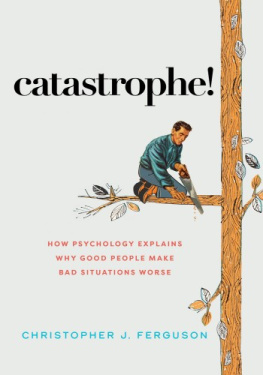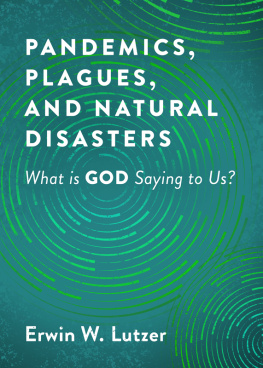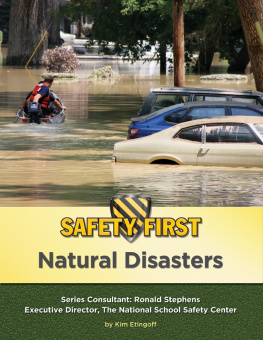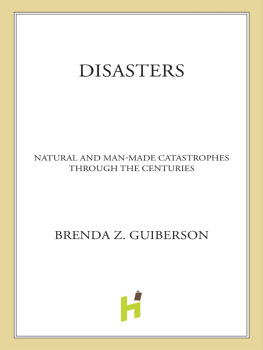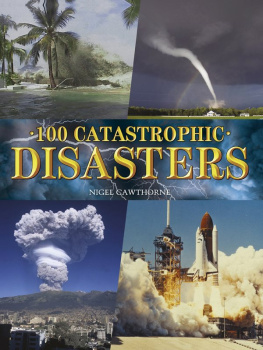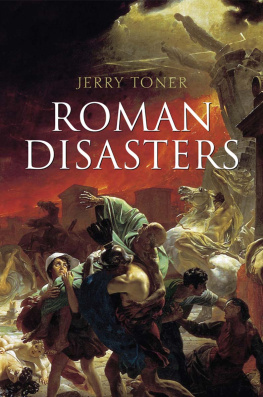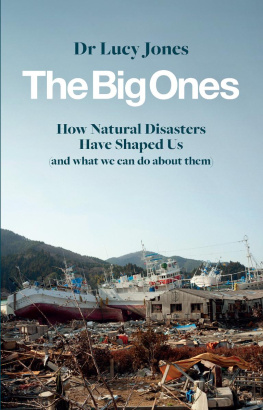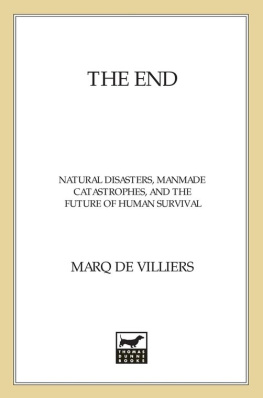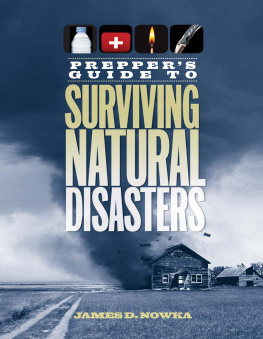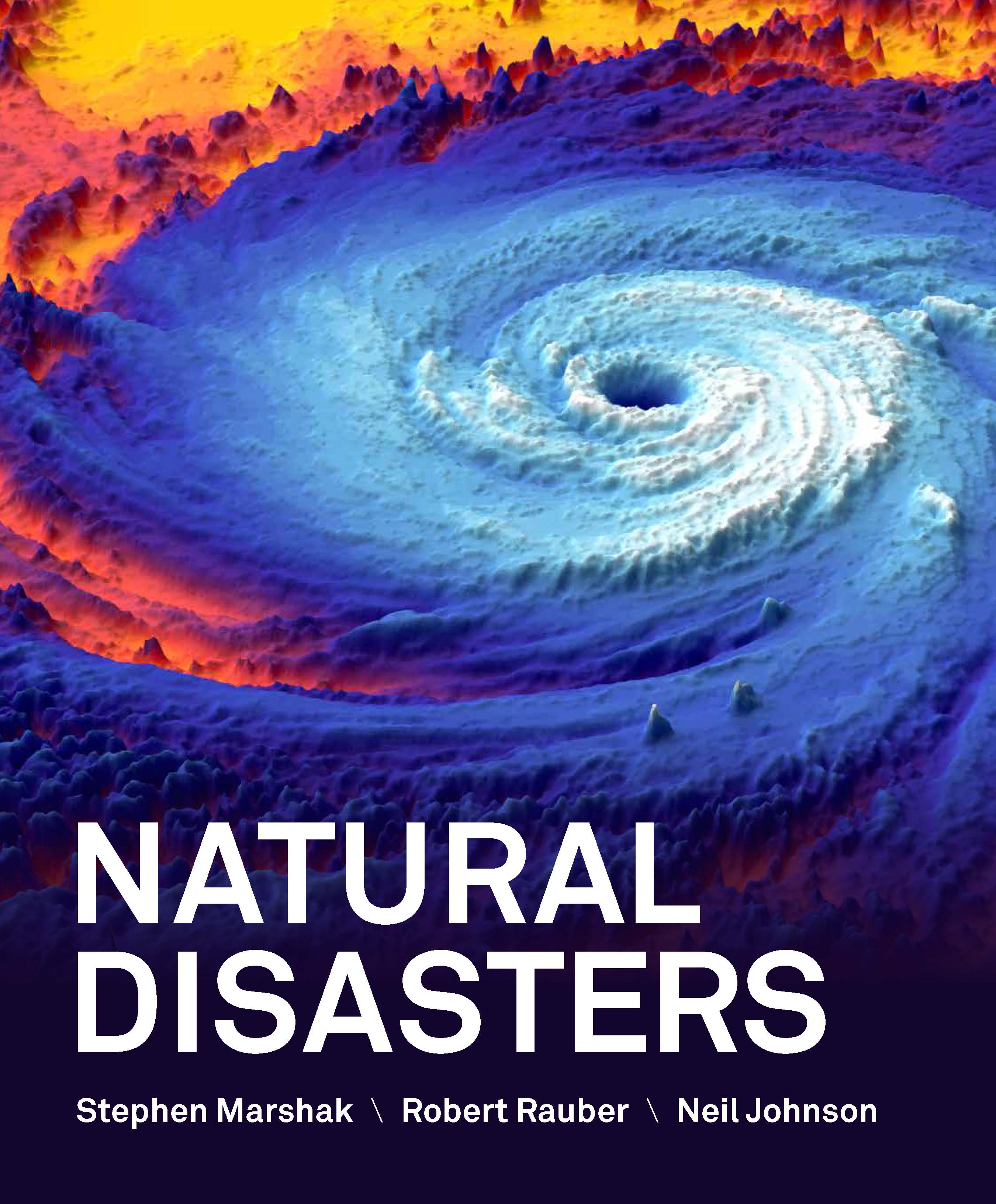Publishers Notice
Please note that this version of the ebook does not include access to any media or print supplements that are sold packaged with the printed book.
W. W. Norton & Company has been independent since its founding in 1923, when William Warder Norton and Mary D. Herter Norton first published lectures delivered at the Peoples Institute, the adult education division of New York Citys Cooper Union. The firm soon expanded its program beyond the Institute, publishing books by celebrated academics from America and abroad. By midcentury, the two major pillars of Nortons publishing programtrade books and college textwere firmly established. In the 1950s, the Norton family transferred control of the company to its employees, and todaywith a staff of four hundred and a comparable number of trade, college, and professional titles published each yearW. W. Norton & Company stands as the largest and oldest publishing house owned wholly by its employees.
Copyright 2022 by W. W. Norton & Company, Inc.
All rights reserved
Editor: Jake Schindel
Senior Project Editors: Thom Foley and Linda Feldman
Associate Production Director, College: Benjamin Reynolds
Production Manager: Richard Bretan
Assistant Editor: Mia Davis
Copy Editor: Norma Sims-Roche
Managing Editor, College: Marian Johnson
Managing Editor, College Digital Media: Kim Yi
Digital Media Editor: Michael Jaoui
Associate Media Editor: Arielle Holstein
Media Project Editor: Marcus Van Harpen
Editorial Assistant, Media: Jasvir Singh
Marketing Managers, Geology: Marlee Lisker and Alex Ottley
Design Director: Rubina Yeh
Designer (interior): Jillian Burr
Designers (cover): Debra Morton-Hoyt and Eve Sanoussi
Director of College Permissions: Megan Schindel
Photo Editor: Stephanie Romeo
Photo Researcher: Fay Torresyap
Permissions Manager: Bethany Salminen
Text Permissions Specialist: Josh Garvin
Ebook Production Manager: Sophia Purut, Emily Schwoyer
Composition: Graphic World
Graphic World Project Manager: Gary Clark
Illustrations: Troutt Visual Services
Visualizing a Disaster art spreads by Stan Maddock, Craig Durant (Dragonfly Media Group), and Andrew Recher (Pens & Beetles Studios)
Permission to use copyrighted material is included in the backmatter of this book.
Library of Congress Cataloging-in-Publication Data
Names: Marshak, Stephen, 1955- author. | Rauber, Robert M., author. | Johnson, Neil E., 1958- author.
Title: Natural disasters : hazards of a dynamic planet / Stephen Marshak, Robert Rauber, Neil Johnson.
Description: First edition. | New York, NY : W. W. Norton & Company, [2022] | Includes index.
Identifiers: LCCN 2021037137 | ISBN 9780393921977 (paperback) | ISBN 9780393532623 (epub)
Subjects: LCSH: Natural disasters--Social aspects. | Natural disasters--Social aspects--Case studies. | Climatic changes. | Weather--Social aspects. | Weather--Social aspects--Case studies.
Classification: LCC GB5014 .M377 2022 | DDC 363.34--dc23
LC record available at https://lccn.loc.gov/2021037137
W. W. Norton & Company, Inc., 500 Fifth Avenue, New York, NY 10110
wwnorton.com
W. W. Norton & Company Ltd., 15 Carlisle Street, London W1D 3BS
Ebook version: 1.1-retailer
To our families
BRIEF CONTENTS
CONTENTS
PREFACE
Narrative Themes
Natural Disasters: Hazards of the Dynamic Earth represents a 21st-century approach to describing physical dangers of the Earth Systemthe various interacting realms of our planet, including the geosphere, atmosphere, hydrosphere, biosphere, and space. Toward this goal, the book encompasses six narrative themes.
- Natural hazards are an integral part of the Earth System. Throughout geologic time, hazards have served a key role in the evolution of our planet and the life that inhabits it. Natural hazards become natural disasters when they cause significant damage and casualties to human communities.
- Because the severity of a natural disaster is measured by how deeply it impacts people, in order to understand a disaster, we must first consider a communitys vulnerability to such an event, and how vulnerability relates to broader societal issues such as poverty. For example, in countries with few resources, a given natural event can become a major disaster, while a similar event striking a more developed country with greater resources may only produce relatively minor consequences. Therefore, disasters must be studied from a global perspective.
- Because natural disasters involve the solid Earth (the geosphere), surface water (the hydrosphere), and our planets gaseous envelope (the atmosphere), a college course on natural disasters can benefit by covering all realms. For example, a complete discussion of floods should not only characterize the process and consequences of flooding, but also the meteorological causes of the event, and why certain parts of the world are at greater risk to such events than others.
- While this book focuses on physical natural disasters, the COVID-19 pandemic, a biologic disaster, provides a context for understanding and visualizing the human and financial cost of disasters. Consequently, where relevant, the book compares the consequences of physical disasters with those of the COVID-19 biological disaster.
- Different types of disasters happen at different rates. Some disastersknown as stealth disastersdevelop so slowly that their consequences accumulate before society fully recognizes their impact. Examples include climate change, drought, and the water crisis. Because the consequences of stealth disasters are significant, this book discusses them in detail.
- Many geological or geophysical disasters happen because the Earth System remains dynamic. Specifically, our planets surface undergoes changes in response to the motion of plates (pieces of its outer, rigid shell), relative to one another. The theory of plate tectonics, a concept that explains these plate movements, helps determine why geological or geophysical hazards develop. Similarly, because climate change influences many surficial and meteorological hazards on the Earth, understanding climate change helps society make predictions about the risks associated with many types of hazards.
Pedagogical Approach and Special Features
Different students learn in different ways. Some students learn best by reading a clear narrative that lays out foundational concepts and illustrates them with examples. Other students learn best by analyzing visual images of features and processes. This book accommodates both types of learners.
The text in each chapter has been organized to follow a narrative arc. The arc begins with an example to set the stage, then continues with a description of key processes and phenomena, each illustrated with additional dramatic examples. We introduce appropriate vocabulary in context, so that phenomena can be discussed efficiently. We have also worked to ensure that the text provides sufficient background so that students, regardless of their previous knowledge, can completely understand a process. While this approach sometimes extends discussions, the result is greater clarity and a stronger impact.
The art in this book has been carefully designed to provide visual narratives. In many figures, a step-by-step illustration demonstrates how a phenomenon initiates and evolves. The lead authors have worked closely with experienced, scientific illustrators to ensure that each piece of art is technically correct, and that every detail, including textures and colors, provides students with the clearest and most realistic understanding of a process or phenomena. At the same time, illustrations are not cluttered or overly complex. The art has been tailored to fit with the books written narrative, illustrating each new point when the topic first appears. The book includes hundreds of photos (many provided by author Stephen Marshak), carefully selected to illustrate specific points or examples. In addition to the individual figures and photos that occur throughout the text, every disaster-focused chapter contains a two-page narrative paintingVisualizing a Disasterthat synthesizes most of the chapters key concepts into a unified illustration. These composite images help students to visually tie together the components of a chapters narrative. They also provide a visual resource for study and review.


